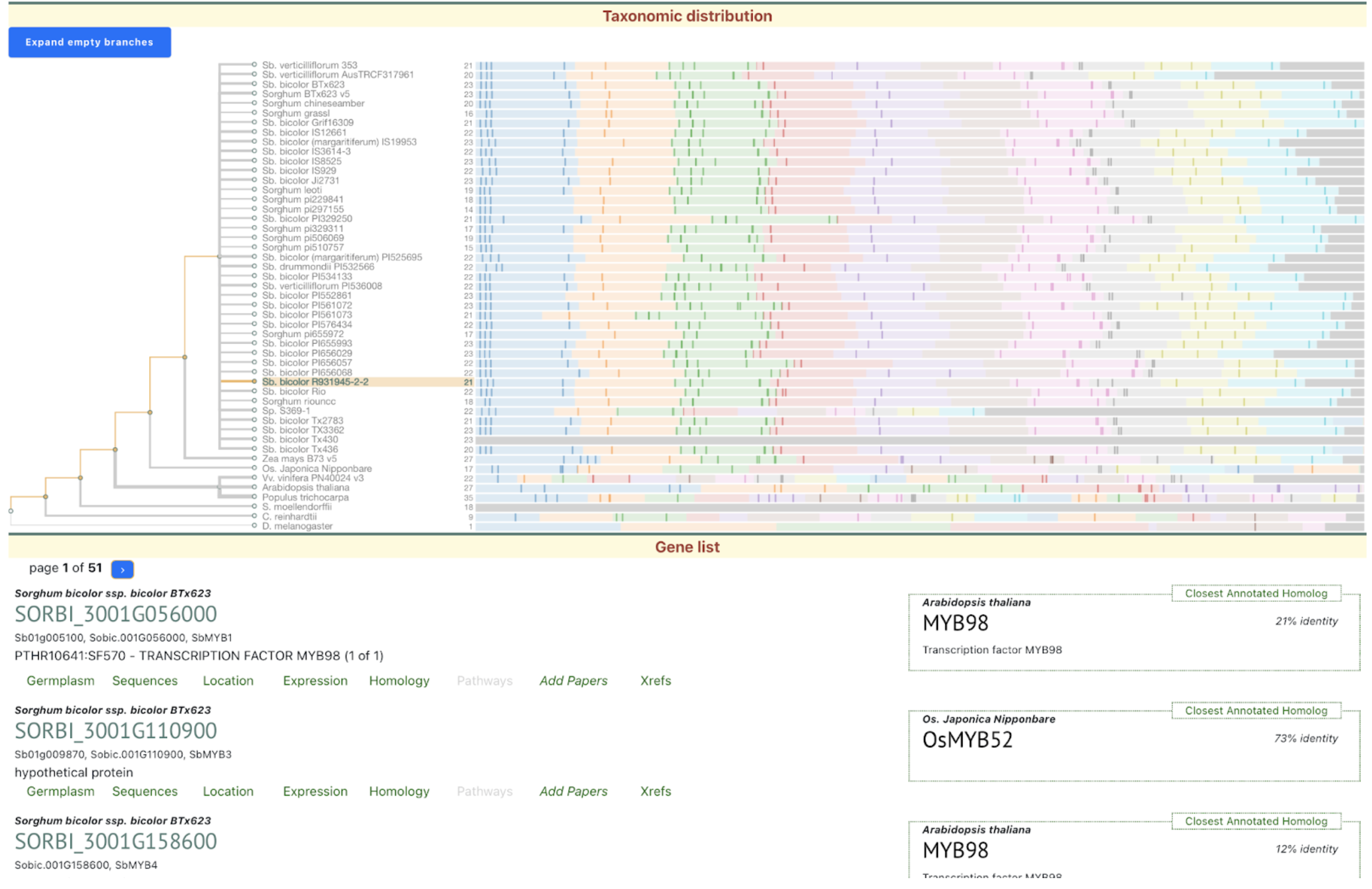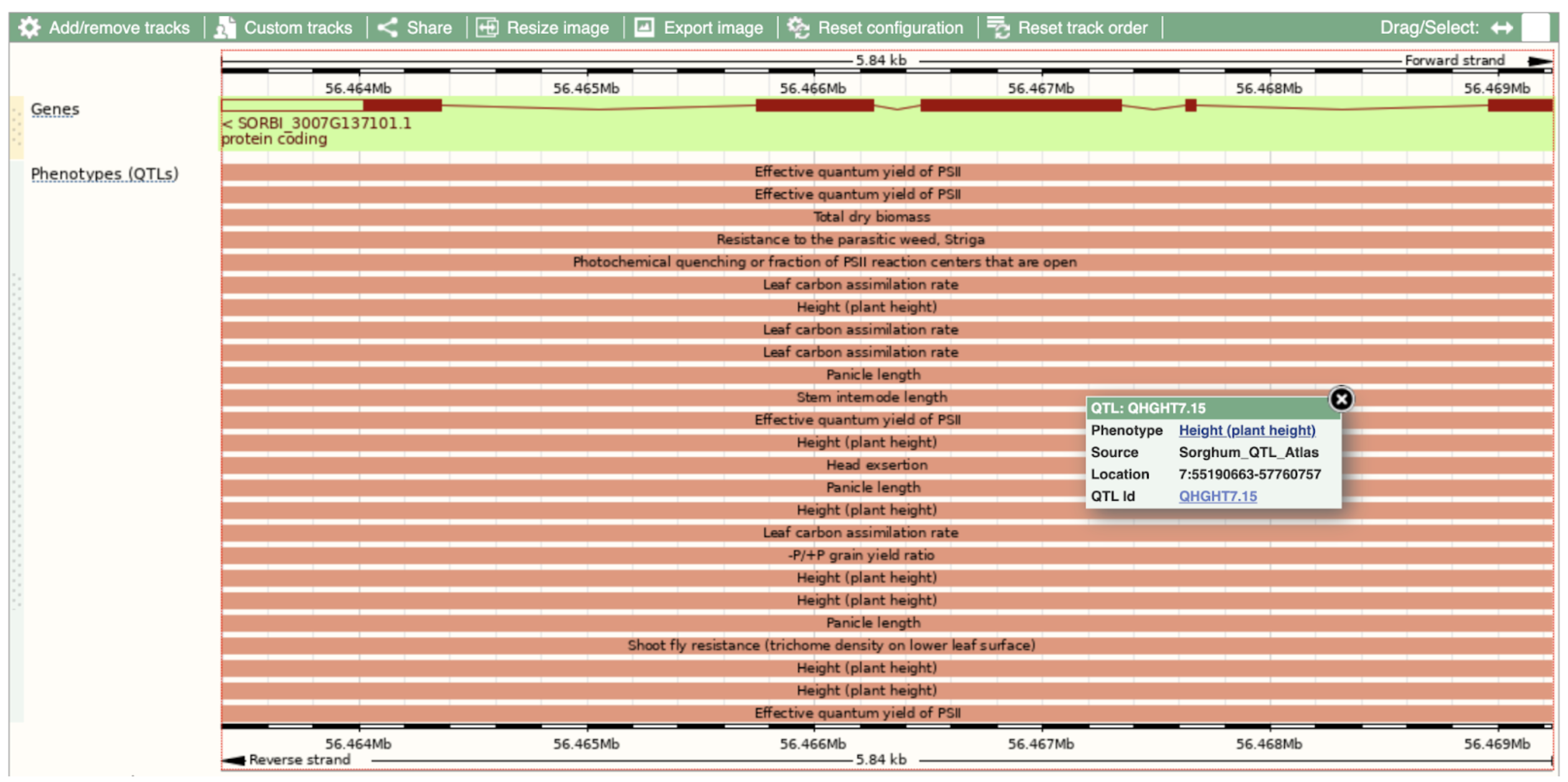Research on brachytic mutants, including the SbMYB110 gene in sorghum and its maize ortholog ZmMYB78, demonstrates that genetic regulation of plant height through internode elongation and hormonal pathways can enhance crop resilience and yield, offering valuable strategies for modern agricultural breeding.
Keywords: CRISPR/Cas9, fine‐mapping, gene expression, genetic cloning, maize (Zea mays ssp. mays), plant height, sorghum [Sorghum bicolor (L.) Moench]
Unraveling the regulatory role of SbMYB110 in sorghum architecture bridges fundamental insights into cell growth and hormone signaling with applied advances in crop improvement. By linking alternative splicing to plant height, lodging resistance, and yield traits, this work exemplifies how molecular genetics and biotechnology can converge to meet global agricultural challenges through the rational design of climate-resilient, high-performing crops. – Yu
Plant height plays a vital role in crop improvement, influencing yield, resilience, and harvesting efficiency. Historically, reduced plant height in wheat and rice was key to the Green Revolution, enhancing yields and lodging resistance. Similar benefits were achieved in sorghum and maize through the development of brachytic (short-internode) mutants. Unlike true dwarf mutants, brachytic variants preserve other plant features while offering structural advantages, making them valuable in agriculture. For instance, mutations in the br2 gene and its sorghum ortholog dw3 regulate polar auxin transport, essential for internode elongation. Advances in gene-editing technologies have expanded the utility of these genes, enabling the engineering of short-stature hybrids with increased resilience and yield stability under environmental stress. Researchers from Iowa State University, University of Delaware, University of Missouri, USDA-ARS and Donald Danforth Plant Science Center highlighted the importance of the transcription factor SbMYB110 in sorghum, where a transposable element insertion leads to altered splicing, reducing plant height. These findings have significant implications for breeding programs aimed at developing lodging-resistant and high-yielding crop varieties.
The molecular regulation of plant height involves complex pathways, including hormonal signaling and cell morphology control. SbMYB110 affects cell proliferation, internode development, and anisotropic growth. In its mutant form, irregular cell shapes and disrupted microtubule alignment hinder organized elongation. Beyond height regulation, SbMYB110 influences kernel size and weight, reflecting the multifunctionality of MYB proteins across species. The recessive allele of SbMYB110 generates both aberrant and functional transcripts, with a tendency toward nonsense-mediated decay of mis-spliced mRNA. These insights into alternative splicing and gene function link fundamental biology with agricultural innovation, offering opportunities for optimizing plant architecture in response to evolving environmental and agronomic demands. The integration of natural alleles and advanced editing techniques provides a promising path for breeding resilient and productive crops.
SorghumBase examples:


Reference:
Mu Q, Wei J, Longest HK, Liu H, Char SN, Hinrichsen JT, Tibbs-Cortes LE, Schoenbaum GR, Yang B, Li X, Yu J. A MYB transcription factor underlying plant height in sorghum qHT7.1 and maize Brachytic 1 loci. Plant J. 2024 Dec;120(5):2172-2192. PMID: 39485941. doi: 10.1111/tpj.17111. Read more
Related Project Websites:
- Yu lab at Iowa State University: https://sites.google.com/site/quantitativegeneticsmaize/home